Tomaž Stepišnik
GalaxAI: Machine learning toolbox for interpretable analysis of spacecraft telemetry data
Aug 09, 2021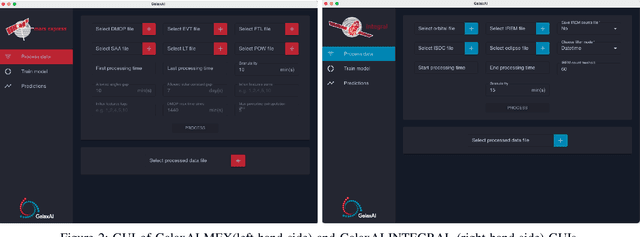
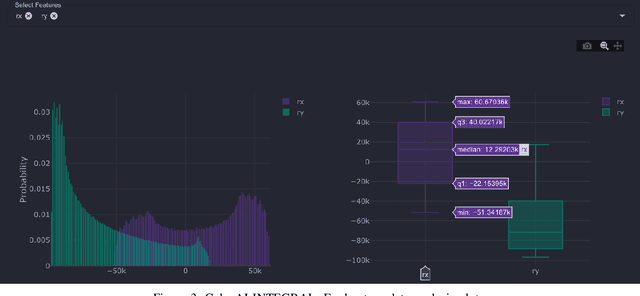
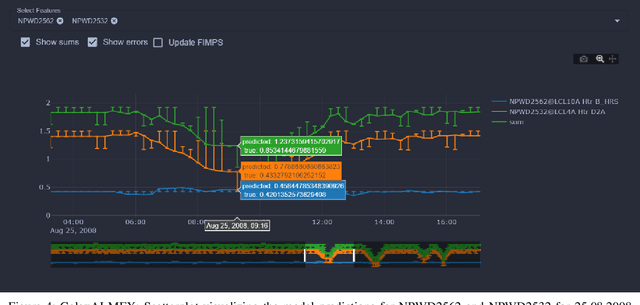
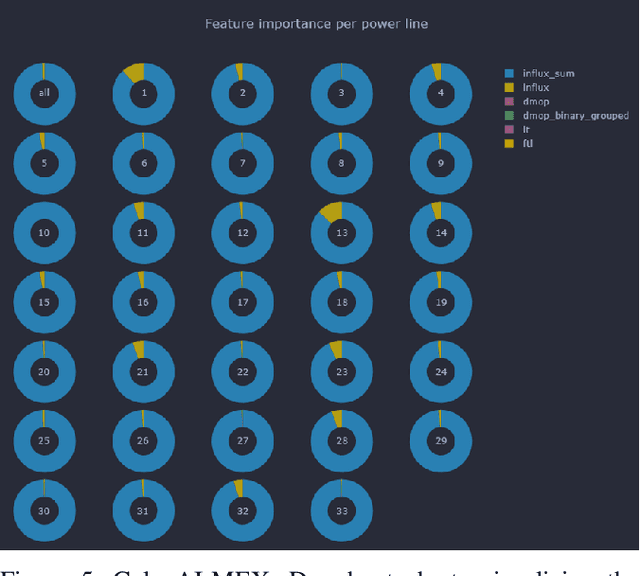
Abstract:We present GalaxAI - a versatile machine learning toolbox for efficient and interpretable end-to-end analysis of spacecraft telemetry data. GalaxAI employs various machine learning algorithms for multivariate time series analyses, classification, regression and structured output prediction, capable of handling high-throughput heterogeneous data. These methods allow for the construction of robust and accurate predictive models, that are in turn applied to different tasks of spacecraft monitoring and operations planning. More importantly, besides the accurate building of models, GalaxAI implements a visualisation layer, providing mission specialists and operators with a full, detailed and interpretable view of the data analysis process. We show the utility and versatility of GalaxAI on two use-cases concerning two different spacecraft: i) analysis and planning of Mars Express thermal power consumption and ii) predicting of INTEGRAL's crossings through Van Allen belts.
Discovering outliers in the Mars Express thermal power consumption patterns
Aug 04, 2021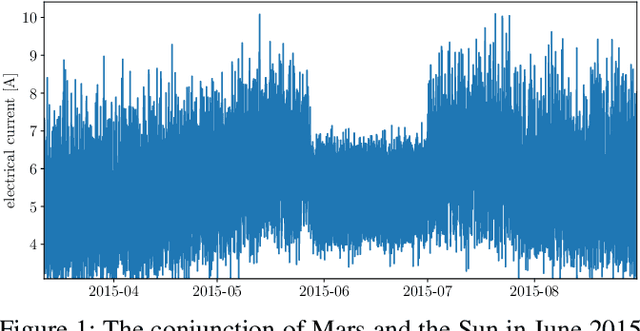
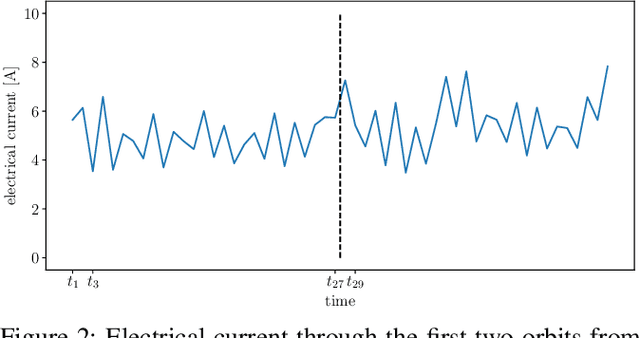
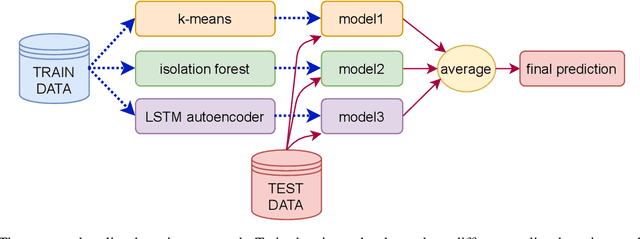

Abstract:The Mars Express (MEX) spacecraft has been orbiting Mars since 2004. The operators need to constantly monitor its behavior and handle sporadic deviations (outliers) from the expected patterns of measurements of quantities that the satellite is sending to Earth. In this paper, we analyze the patterns of the electrical power consumption of MEX's thermal subsystem, that maintains the spacecraft's temperature at the desired level. The consumption is not constant, but should be roughly periodic in the short term, with the period that corresponds to one orbit around Mars. By using long short-term memory neural networks, we show that the consumption pattern is more irregular than expected, and successfully detect such irregularities, opening possibility for automatic outlier detection on MEX in the future.
Oblique Predictive Clustering Trees
Jul 27, 2020



Abstract:Predictive clustering trees (PCTs) are a well established generalization of standard decision trees, which can be used to solve a variety of predictive modeling tasks, including structured output prediction. Combining them into ensembles yields state-of-the-art performance. Furthermore, the ensembles of PCTs can be interpreted by calculating feature importance scores from the learned models. However, their learning time scales poorly with the dimensionality of the output space. This is often problematic, especially in (hierarchical) multi-label classification, where the output can consist of hundreds of potential labels. Also, learning of PCTs can not exploit the sparsity of data to improve the computational efficiency, which is common in both input (molecular fingerprints, bag of words representations) and output spaces (in multi-label classification, examples are often labeled with only a fraction of possible labels). In this paper, we propose oblique predictive clustering trees, capable of addressing these limitations. We design and implement two methods for learning oblique splits that contain linear combinations of features in the tests, hence a split corresponds to an arbitrary hyperplane in the input space. The methods are efficient for high dimensional data and capable of exploiting sparse data. We experimentally evaluate the proposed methods on 60 benchmark datasets for 6 predictive modeling tasks. The results of the experiments show that oblique predictive clustering trees achieve performance on-par with state-of-the-art methods and are orders of magnitude faster than standard PCTs. We also show that meaningful feature importance scores can be extracted from the models learned with the proposed methods.
 Add to Chrome
Add to Chrome Add to Firefox
Add to Firefox Add to Edge
Add to Edge